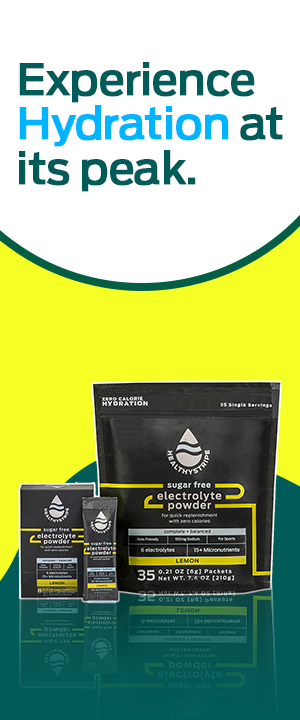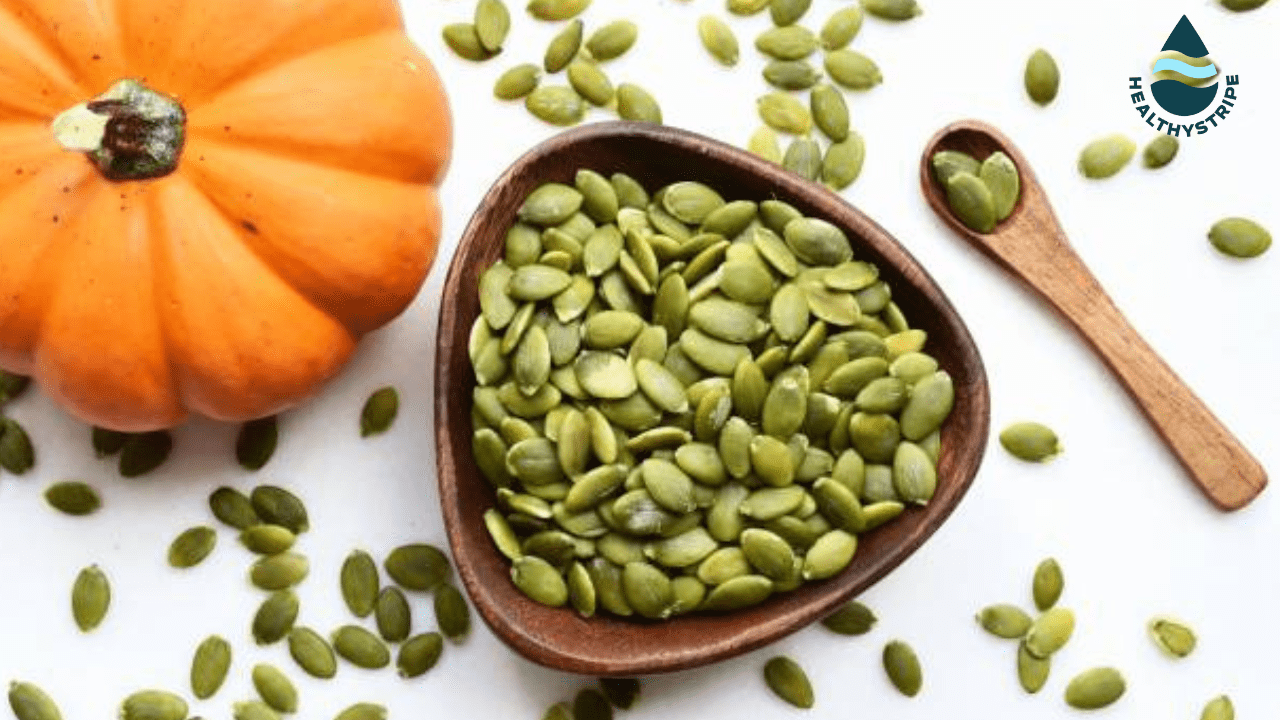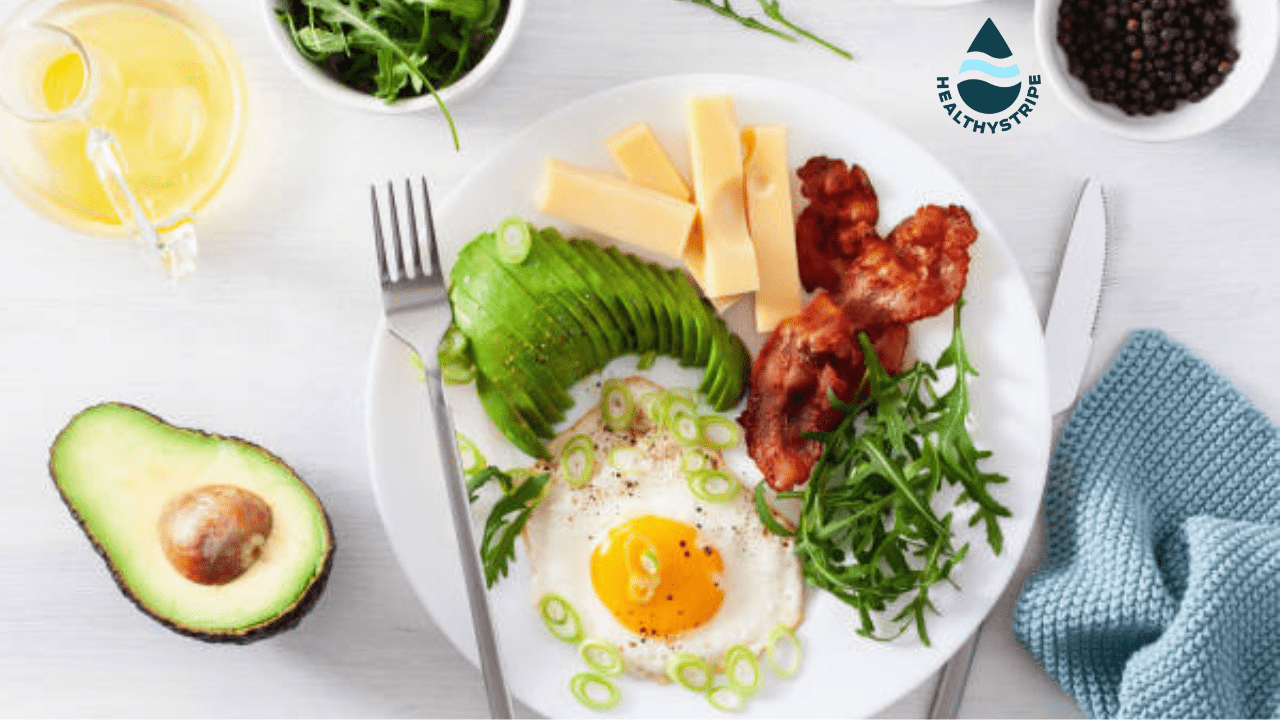Low Sodium Diet: Understand the benefits, foods, risk and more

Sodium, a crucial mineral, plays numerous vital roles within the body. It occurs naturally in foods such as eggs and vegetables and is a significant component of table salt (sodium chloride). Over the years, salt consumption has increased from 0.25 g to 9-12 g daily in different countries worldwide (1).
However, there are instances when dietary sodium needs to be restricted. For instance, individuals with specific medical conditions like heart failure, high blood pressure, and kidney disease often receive recommendations for a low-sodium diet.
This article delves into the details of the low-sodium diet and why a low-sodium diet is necessary for specific individuals. It also examines the benefits and potential risks involved and guides foods to avoid and include in such a diet.
What Is a Low Sodium Diet?
Sodium is crucial in numerous essential bodily functions, including cellular activity, fluid regulation, electrolyte balance, and blood pressure maintenance. Since this mineral is vital for life, your kidneys closely monitor and adjust its levels based on bodily fluids’ concentration (osmolarity). Sodium can be found in most foods, although whole foods like vegetables, fruits, and poultry contain significantly lower amounts.
A low-sodium diet involves limiting the consumption of high-sodium foods and beverages. Healthcare professionals recommend these diets to manage conditions like high blood pressure or heart disease.
Although variations exist, sodium intake is generally advised to be less than 2–3 grams (2,000–3,000 mg) per day (2). To put it into perspective, one teaspoon of salt contains approximately 2,300 mg of sodium. So, when adhering to a low-sodium diet, it is essential to restrict or entirely avoid foods high in sodium to ensure that your sodium intake remains within the recommended level.
Importance of Prescribing Low-Sodium Diets
Low-sodium diets are widely prescribed due to their effectiveness in managing certain medical conditions, as supported by research.
- Kidney Diseases
Chronic kidney disease (CKD) and kidney failure detrimentally affect kidney function, which are the main reasons for prescribing a low-sodium diet. In compromised kidneys, the body’s ability to eliminate excess sodium and fluid is impaired. Elevated sodium and fluid levels can lead to increased blood pressure, further exacerbating the already compromised state of the kidneys.
The National Kidney Foundation recommends that individuals with CKD limit their daily sodium intake to less than 2 grams (2,000 mg) (3).
- High Blood Pressure
High blood pressure poses a significant risk for various health conditions, such as heart disease and stroke. Consuming high sodium in your diet has been associated with increased blood pressure. So a low-sodium diet for hypertension can be of help.
For instance, a recent study involving 766 participants found that individuals with the highest urinary sodium excretion had the highest blood pressure levels (4). Reducing salt intake can help lower high blood pressure in individuals with elevated levels. ). Numerous studies have indicated A review encompassing six studies and over 3,000 participants revealed that restricting salt consumption decreased blood pressure, particularly in adults with high blood pressure (5).
- Heart Diseases
Low-sodium diets are commonly prescribed for individuals with heart conditions, including heart failure. When the heart is compromised, kidney function may decline, resulting in sodium and water retention.
Excessive salt consumption can lead to fluid overload in people with heart failure, potentially causing dangerous complications such as breathlessness. This is where the low-sodium heart failure diet can help.
Regulatory agencies advise individuals with mild heart failure to limit their daily sodium intake to 3,000 mg, while those with moderate to severe heart failure should not exceed 2,000 mg daily (6).
Benefits of Following a Low Sodium Diet
Here are some low-sodium diet benefits that you need to know about:
- Possible Reduction of Blood Pressure
A low-sodium diet can effectively lower blood pressure, as shown by studies. A review of 34 studies found that even a modest reduction in salt intake for four or more weeks led to significant decreases in blood pressure levels, particularly in individuals with elevated levels (8). The average systolic and diastolic blood pressure reduction for those with high blood pressure was 5.39 mmHg and 2.82 mmHg, respectively. In comparison, individuals with normal levels experienced a reduction of 2.42 mmHg in systolic blood pressure and 1.00 mmHg in diastolic blood pressure. This connection between high blood pressure low sodium diet has been mentioned in the graph below.
- Possible Decrease in Cancer Risk
Consuming high-salt diets has been linked to various cancers, including stomach cancer. A comprehensive review of 76 studies involving over 6,300,000 individuals discovered that a five-gram daily increase in dietary salt from high-salt processed foods led to a 12% higher risk of stomach cancer (9). Scientific evidence suggests that high-salt diets can harm the stomach’s mucosal lining, promote inflammation, and facilitate the growth of H. Pylori bacteria, all contributing to an elevated risk of stomach cancer.
- Possible Improvement of Diet Quality
Fast food, packaged products, and frozen meals have high sodium content and are rich in unhealthy fats and calories. Regularly consuming such foods has been associated with health issues like obesity, diabetes, and heart disease.
12 Foods to Eat on A Low-Sodium Diet
When following a low-sodium diet menu, you must go ahead and choose different foods that have a low content of sodium in them. Here is a list of foods that are suitable for a low-sodium diet:
- Fresh and frozen vegetables (without sauces): Examples include greens, broccoli, cauliflower, peppers, and more.
- Fresh, frozen, or dried fruits: Berries, apples, bananas, pears, and other fruits are good options.
- Grains and beans: Dried beans, brown rice, farro, quinoa, and whole wheat pasta can be included.
- Starchy vegetables: Potatoes, sweet potatoes, butternut squash, and parsnips are some of the most common foods for a low-sodium diet.
- Fresh or frozen meat and poultry: Chicken, turkey, beef, or pork can be consumed.
- Fresh or frozen fish: Options like cod, sea bass, tuna, and other fish are suitable.
- Eggs: Whole eggs and egg whites are low in sodium.
- Healthy fats: Use olive oil, avocado, and avocado oil in moderation.
- Low-sodium soups: Choose low-sodium canned or homemade soups.
- Dairy products: Include milk, yogurt, unsalted butter, and low-sodium cheeses.
- Bread and baked goods: Opt for whole-wheat bread, low-sodium tortillas, and unsalted crackers.
- Unsalted nuts and seeds: Examples include pumpkin seeds, almonds, peanuts, and more.
Food To Avoid On A Low-Sodium Diet
Avoid the following high-sodium foods on a low-sodium diet:
- Fast food items such as burgers, fried chicken, fries, etc.
- Snacks such as nuts, crackers, and pretzels should also be avoided.
- Processed meat items such as sausage, bacon, and lunch meats are strictly forbidden.
- One must avoid salted canned goods such as meats, fish, pasta, etc.
- Canned soups and broths should be avoided.
- Avoid baked goods that are highly salted, such as waffles, cake mixes, etc.
Limiting the consumption of salty snack foods, fast food, and packaged meals is recommended to reduce sodium intake effectively.
Are There Any Risks Of A Low Sodium Diet?
Although numerous studies have demonstrated the benefits of low-sodium diets for individuals with heart failure, other research has suggested that less restrictive dietary approaches yield better outcomes.
A study with 833 heart failure patients revealed that consuming less than 2,500 mg of sodium per day, as recommended by a restricted diet, significantly increased the risk of death or hospitalization compared to diets with 2,500 mg or more of unrestricted sodium intake (7).
How Much Sodium Is Too Much For A Low Sodium Diet?
The specific amount of sodium considered “too much” for a low-sodium diet can vary depending on individual health conditions and guidelines provided by healthcare professionals. However, the American Heart Association recommends limiting sodium intake to no more than 2,300 milligrams (mg) daily for healthy adults. The recommended limit is even lower for individuals with certain health conditions, such as hypertension (high blood pressure) or heart disease, typically around 1,500 mg daily.
It’s important to note that most people consume much more sodium than they realize, as it is present in many processed and packaged foods.
How To Start With A Low-Sodium Diet And Follow It Effectively
Starting a low-sodium diet and following it effectively can be a great way to improve your health, particularly if you have high blood pressure or other health conditions that can be worsened by excessive sodium intake.
Here are some steps to help you get started and stick to a low-sodium diet:
- Read Food Labels: Start paying attention to food labels to identify the sodium content in your products. Look for foods labeled “low sodium” or “sodium-free.” Be aware that some terms like “reduced sodium” or “light sodium” still contain significant sodium, so check the actual numbers.
- Limit Processed And Packaged Foods: Processed and packaged foods often contain high sodium levels. Choose fresh, whole foods, such as fruits, vegetables, lean meats, poultry, fish, and whole grains, whenever possible.
- Gradually Reduce Sodium Intake: Instead of drastically cutting sodium all at once, gradually reduce your intake over time. Your taste buds will adjust, and you’ll begin to appreciate the natural flavors of foods without relying on excessive salt.
- Stay Hydrated: Drinking plenty of water helps flush out excess sodium. Aim for at least eight glasses of water per day unless otherwise advised by your healthcare professional.
When To Speak With A Doctor
It is advisable to consult with a healthcare professional or a registered dietitian to determine the appropriate sodium intake for an individual’s specific dietary needs and health conditions. They can provide personalized recommendations and guidance for maintaining a low-sodium diet.
Conclusion
A diet low in sodium has potential benefits such as improved high blood pressure, chronic kidney disease management, enhanced overall diet quality, and reduced risk of stomach cancer. However, it is important to note that deficient sodium intake can have adverse health effects, and this dietary approach is optional for most individuals.
When opting for a low-sodium diet, it is advisable to prioritize fresh food choices and avoid salty foods. Additionally, preparing homemade meals more frequently provides an excellent means of controlling salt intake and adhering to the recommendations provided by your physician.
How can electrolytes help with a low-sodium diet?
How much sodium should I eat per day?
The American Heart Association provides a specific limit for the consumption of sodium per day which is 2,300 milligrams (mg), equivalent to about 1 teaspoon of salt. It is recommended to reduce specific individuals with high blood pressure, kidney problems, or other health conditions to 1,500 mg or less. It’s essential to consult with a healthcare professional to determine the appropriate sodium intake for your specific needs.
What are 3 foods that are high in sodium?
Three common sodium foods include processed meats, canned soups and broths, and snacks such as popcorn, potato chips, pretzels, and salty treats.
What are 3 ways to reduce sodium in your diet?
To reduce sodium in your diet, you can limit your intake of processed foods. Also, you can check the labels while shopping for choosing products that are low in sodium. Cooking a low-sodium salad at home is also another way to keep the sodium intake in check. Remember that it is a gradual process and will take some time for you to adjust.
What is the difference between salt and sodium?
Salt is a compound of approximately 40% sodium and 60% chloride. Sodium, on the other hand, is a mineral that is found naturally in many foods. While salt is the most common dietary source of sodium, it’s important to note that not all sodium comes from salt. Sodium can also be present in foods due to natural occurrences or as an additive in processed and packaged products.
What can you eat on a low-sodium diet?
A low-sodium diet typically includes:
- Fresh fruits and vegetables:
- Lean proteins
- Whole grains
- Dairy products
- Herbs, spices, and alternative seasonings
Who needs a low-sodium diet?
Individuals with high blood pressure and poor heart conditions, those with kidney problems, and those at risk of developing kidney stones need low sodium diet. Some individuals with certain medical conditions or on specific medications may also be advised to follow a low-sodium diet.









